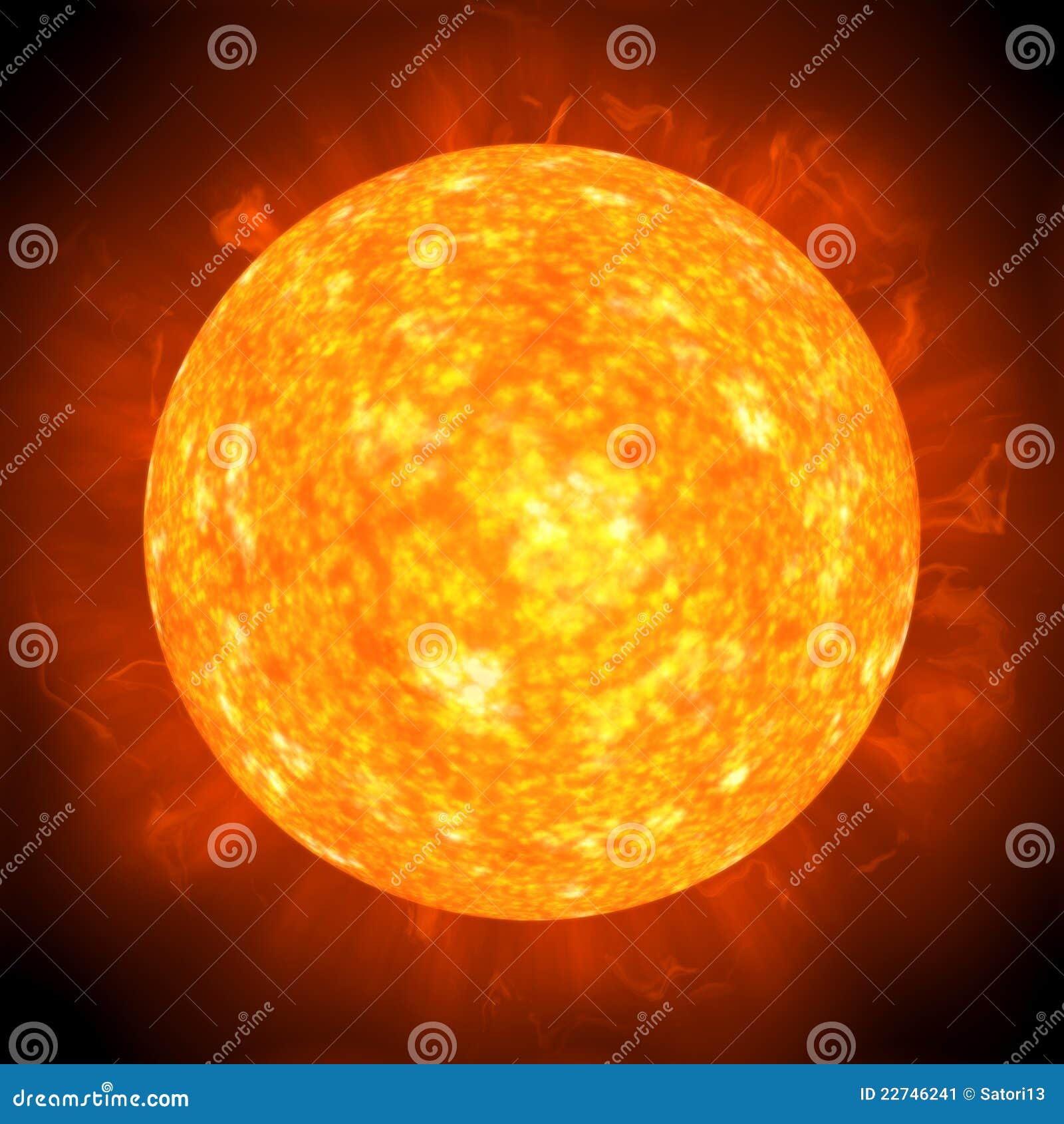
Viruses are not living organisms and can only reproduce inside living cells susceptible to viral entry and with the capacity to replicate viral nucleic acids and translate nucleic acid signals into amino acids to build viral proteins. Viruses are compact nucleic acid packages of either DNA or (in the case of coronaviruses) RNA associated with proteins, and in some cases with lipids. In addition to controlling the COVID-19 pandemic, we must undertake vigorous scientific, public health, and societal actions, including significantly increased funding for basic and applied research addressing disease emergence, to prevent this tragic history from repeating itself. The risk of similar coronavirus outbreaks in the future remains high. Unfortunately, few such preventive actions were taken resulting in the latest coronavirus emergence detected in late 2019 which quickly spread pandemically. Scientists have warned for decades that such sarbecoviruses are poised to emerge again and again, identified risk factors, and argued for enhanced pandemic prevention and control efforts. Nevertheless, a large body of virologic, epidemiologic, veterinary, and ecologic data establishes that the new virus, SARS-CoV-2, evolved directly or indirectly from a β-coronavirus in the sarbecovirus (SARS-like virus) group that naturally infect bats and pangolins in Asia and Southeast Asia. As with all past pandemics, the specific mechanism of its emergence in humans remains unknown. solar North up.The COVID-19 pandemic is among the deadliest infectious diseases to have emerged in recent history. Image must be rotated 23.75° clockwise to achieve standard orientation i. The data from the World Data Center for the sunspot index, ( Solar Influences Data Analysis Center, the Royal Observatory of Belgium) were used. The graph above the table shows the average values of the relative number of sunspots in which the red line indicates the time of 2012 eclipse.

Final processing was done using ACC 6.1 software.Īstro D3F 2.0, PhaseCorr 6.0, MPA 1.0, LDIC 6.0, Corona 4.1, Sofo ACC 6.1 Eclipse images were calibrated by means of dark frames and flat-fields (totally 1621 images), aligned by means of phase correlation, composed by means of LDIC 5.0 software, processed using Corona 4.1 in order to visualize coronal structures. Takahashi TSA 102, 816mm, F8, Field flattener TOA-35Ĭanon EOS 5D (ISO 100) - computer control Solar Eclipse MaestroĬomposition of 41 eclipse images. Palmer River Road House, Queensland, Australia Higher resolution image version (1.9 MB, PNG format).Ģnd contact 20:37:39 UT, 3rd contact 20:39:39 UT
#Sun corona clipart full
The full resolution image you may downloadĬlick on the image or on the following reference to display the The influence on display of innerĬorona was negligible. Lunar surface was significantly lowered by thin high clouds. Images is the worse visibility of the lunar surface which is, of course, highly unimportant. The only clearly visible difference in quality from previous eclipse The result wasĪ pleasurable surprise for me. The quality of eclipse images typical for several previous eclipses is impossible. The Sun was only 13° above the horizonĪnd observing conditions were not absolutely perfect. This image shows typical corona for solar maximum which is very different from corona duringĢ010 eclipses.


Total Solar Eclipse 2012 image, Australia, Inner corona Inner corona


 0 kommentar(er)
0 kommentar(er)
